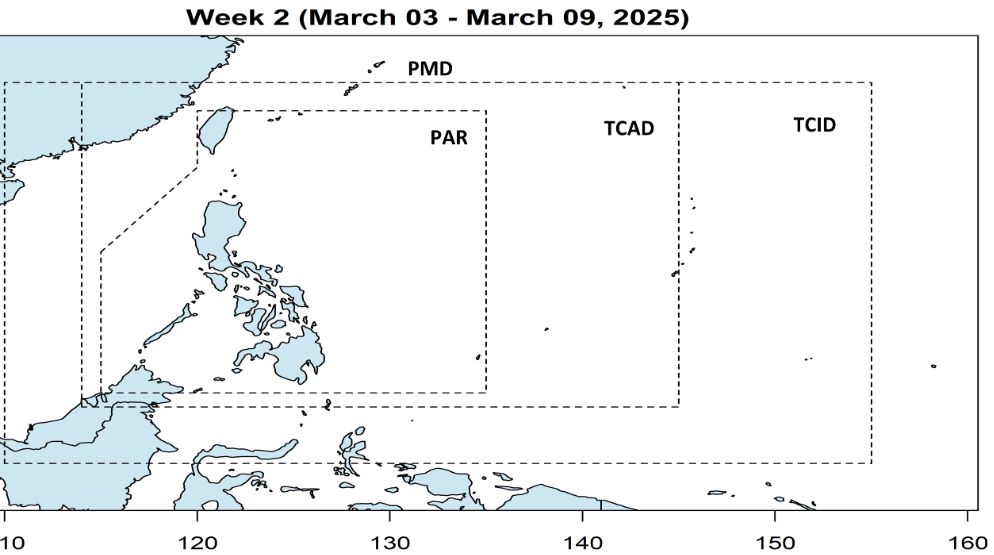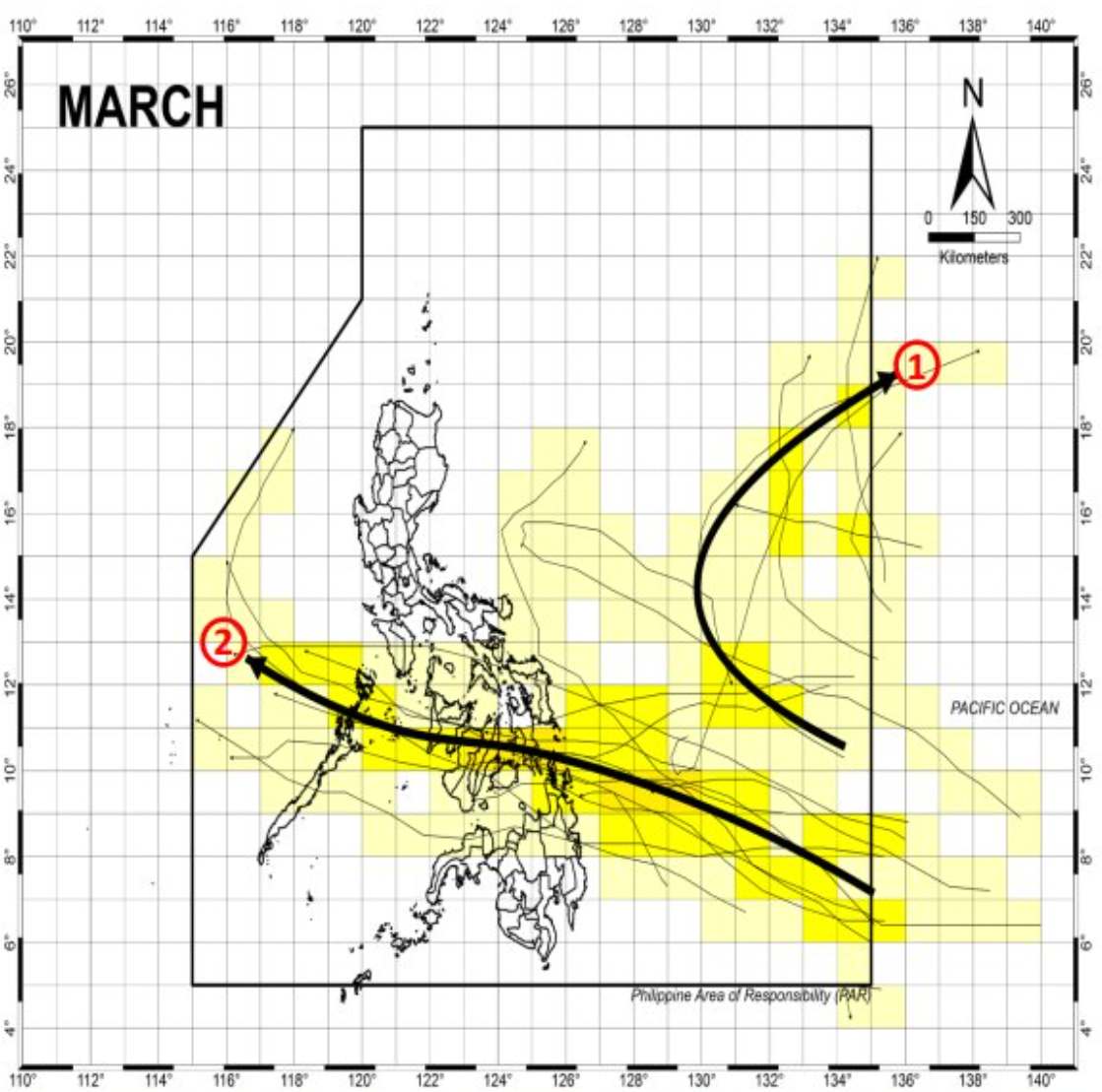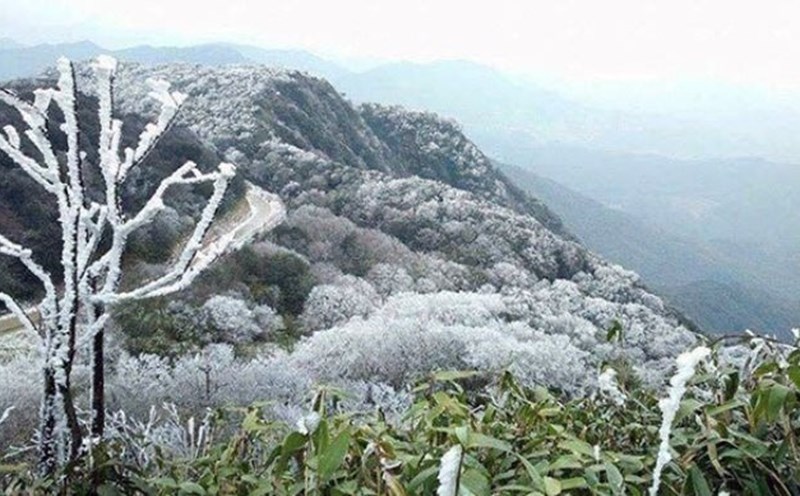On February 24, the Philippine Atmospheric, Geophysical and Astronomical Services Administration announced a forecast of storms and low pressure near the East Sea.
Accordingly, in the 2 weeks from February 24 to March 9, 2025, the East Sea area will not have any low pressure or storms.

Regarding the development of storms in March in the Philippine Forecast Area (PAR), PAGASA pointed out two trends in storm formation.
First, storms forming in the West Pacific may enter PAR but then change direction.
Second, storms forming in the Western Pacific may enter the PAR and make landfall in the central Philippines before dissipating in the East Sea.

March is not usually the peak of the typhoon season in the East Sea, however, the possibility of weak tropical cyclone systems or weather disturbances causing heavy rain and strong winds at sea cannot be ruled out.
According to climate forecast models, sea surface temperatures in the West Pacific and East Sea in March this year will remain average to slightly high compared to the average of many years. However, due to the impact of the neutral ENSO phase, atmospheric conditions are not really favorable for the strong formation and development of storms or tropical depressions.
The Vietnam National Center for Hydro-Meteorological Forecasting said that from January to March 2025, there is little chance of storms/tropical depressions operating in the East Sea and affecting Vietnam.
Regarding cold air, in March, cold air activity is approximately the average of many years. However, the impact of cold air is likely to cause strong winds and large waves affecting the activities of ships.
On land, the cold air will shift and change direction, causing many days of light rain, drizzle, humid mud and fog.











